Higher Cherubeer and RHS Rosemoor
Sunday 6 February 2022
On a winter afternoon in early February, we made our way to Higher Cherubeer, the Devon garden of MPG members Jo and Tom Hynes. Jo and Tom took over this boggy hillside and almost derelict traditional dairy farm built with cob (clay and chopped straw) in 1989. The land, surrounded by wet clay pasture, is at 500 feet above sea level at the top of a west-facing valley. Tom shifted tons of soil to create two flat terraces from the slope, built dry-stone walls with stones collected on site, planted trees and created paths. The gravel paths take “desire lines,” the quickest routes to the greenhouse, orchard or chicken run.
![Higher_Cherubeer,_Jo_Hynes’_10.16.56[1]](https://www.medpag.org/wp-content/uploads/2022/02/Higher_Cherubeer_Jo_Hynes_10.16.561-500x333.jpg)
February riches
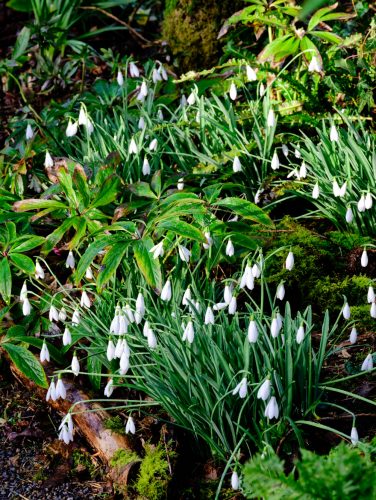
Galanthus at Jo’s
Although Jo holds a national collection of Cyclamen, we were there principally to look at snowdrops of which Jo grows more than 400 varieties. There were large clumps all labelled and looking wonderful. The green houses were very popular, not just for the shelter but for the exquisite galanthophile treasures within. Many photos were taken.
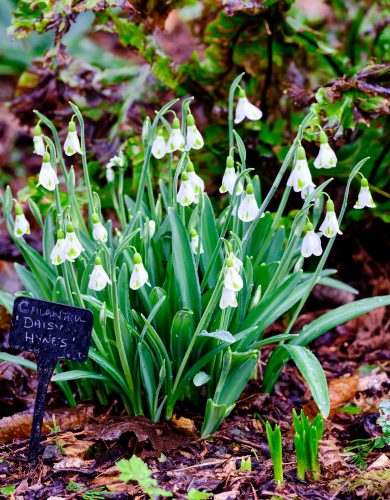
Galanthus ‘Daisy Hynes’
Of particular interest were the terraces leading down to the house which displayed the snowdrops wonderfully.
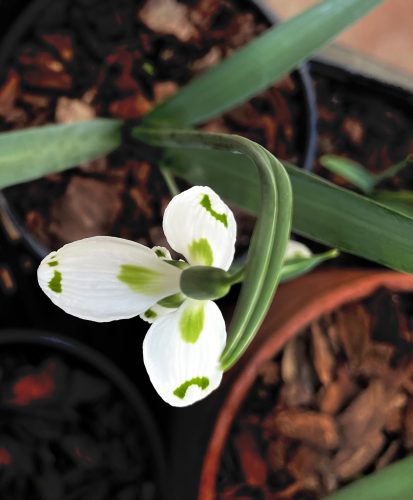
Detail of Galanthus ‘Daisy Hynes’
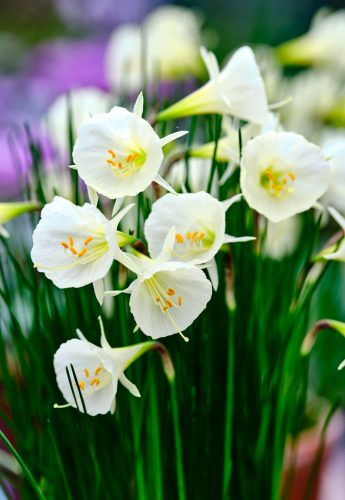
Narcissus bulbocodium
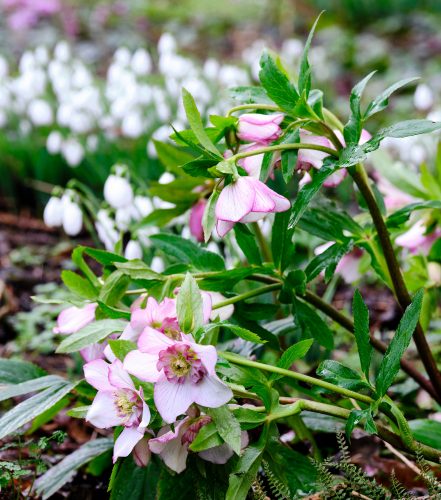
Hellebore
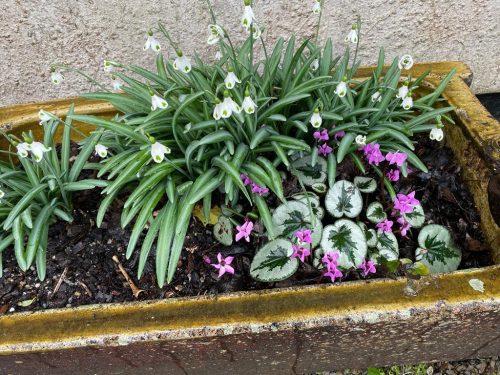
Trough at Higher Cherubeer
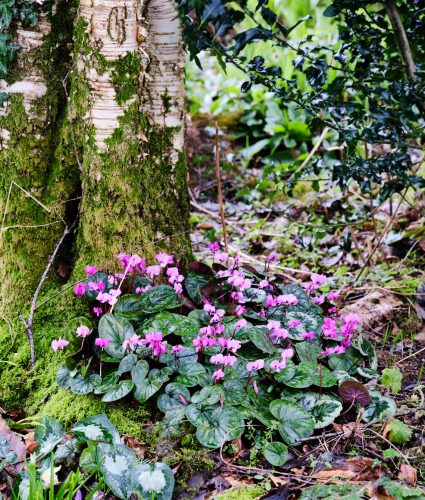
Loving the leafy soil
Another special feature of the garden are the willows: Salix alba var. vitellina ‘Britzensis’ whose new-growth stems were fiery red-orange when we visited.
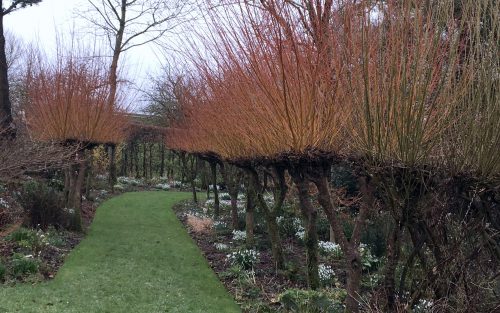
Salix alba var. vitellina ‘Britzensis’
The day had started at the gardens of RHS Rosemoor where Susie Hauxwell, head gardener for the Mediterranean area, met us to take us round.
![Mediterranean_Garden,_Rosemoor[1]](https://www.medpag.org/wp-content/uploads/2022/02/Mediterranean_Garden_Rosemoor1-500x333.jpg)
RHS Rosemoor Mediterranean garden
Rosemoor looked lovely with beautifully trimmed hedges and many clumps of snowdrops. The Mediterranean garden is situated in a sheltered area, protected by trees and shrubs, with plenty of large rocks and hard landscaping. Susie talked through its management and care. The land was given to the RHS in 1988 by Lady Anne Berry when what is now the Mediterranean area was used for tennis courts and croquet lawns, with naturally acid clay soil and poor drainage. This proved difficult for Mediterranean plants. The RHS created terracing, imported soil, added huge amounts of leaf mulch and mixed in stone to improve drainage. They added gravel paths and feature boulders. Then many Cupressus were planted for height, along with Tamarix, Genista, and grasses. Self-seeding has been encouraged. It would look very different in high summer from how it was at the time of our visit.
The winter garden was full of scent from Daphne bholua, Hamamelis, Sarcococca and Mahonia all contrasting with the stems of Cornus and Salix.
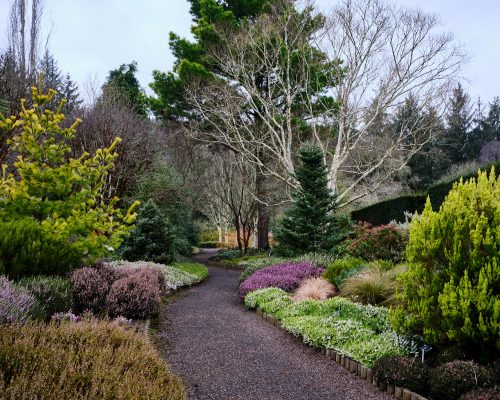
Rosemoor winter garden
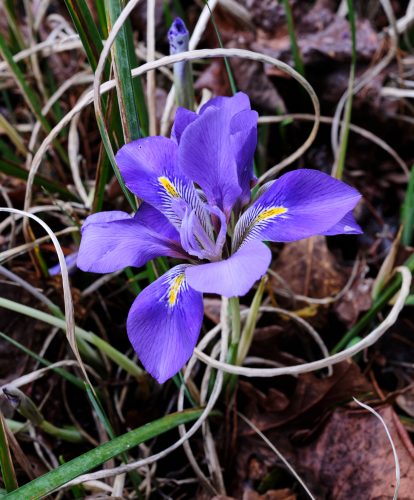
Iris unguicularis subsp. carica var. angustifolia
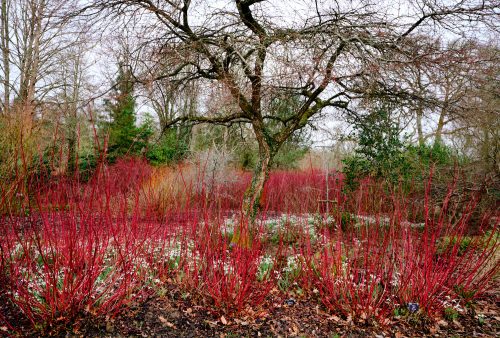
Galanthus atkinsii and Cornus alba ‘Sibirica’
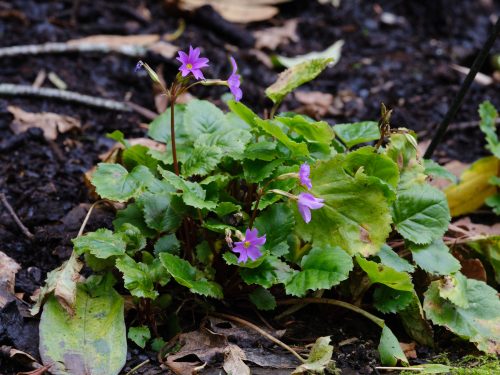
Primula ‘John Fielding’
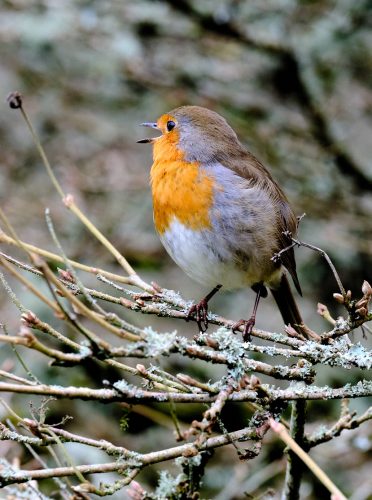
Robin at Rosemoor
Our morning finished with a welcome lunch at Rosemoor before we made our way on to Higher Cherubeer nearby.
The event was attended by members from Yorkshire, Cheshire, East Sussex, the London area and several places nearer to Devon. Many stayed locally for the Saturday or Sunday nights, or both, to make the best of what was on offer.
Huge thanks to Jo and Tom for their hospitality and thanks to the bakers too. We were very grateful for tea and cakes in the cosy conservatory where the wood burner gave off just the right amount of heat to make the kettle, when off to the side, whistle in a ghostly fashion.
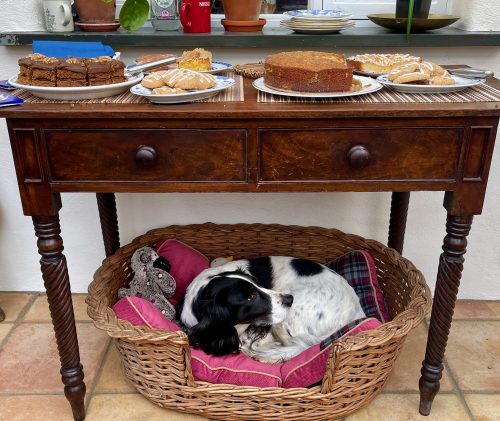
Lemon drizzle cake and Lottie
Text: Alex Clarke with additions
Images: Stephen Cole, John Fielding, Anne Rendell, Roisheen Childs

